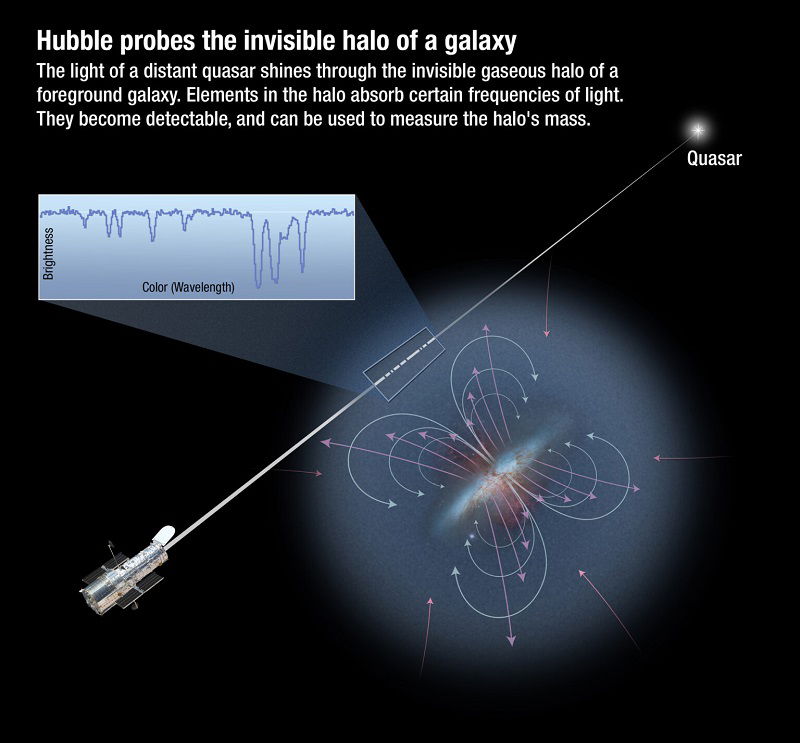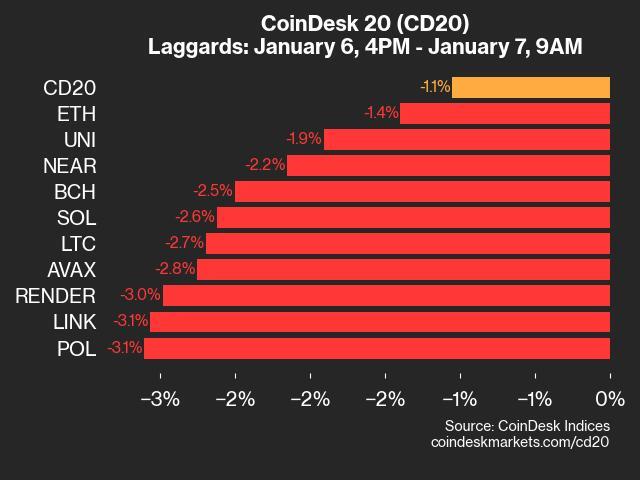
A team of researchers, including a scientist from the University of Michigan, has uncovered a new gold-sulfur complex that helps explain how gold deposits form in volcanic regions.
This discovery sheds light on the processes deep inside the Earth that bring gold to the surface.
Gold found in ore deposits near volcanoes, especially around the Pacific Ring of Fire, originates in the Earth’s mantle—30 to 50 miles below the surface.
While scientists have long known that magma transports gold from the mantle to the Earth’s surface, the exact mechanism behind this process has been debated.
Now, the research team has used advanced computer modeling to reveal how gold bonds with sulfur in a unique way under specific conditions in the mantle.
This bond forms a gold-trisulfur complex, which plays a critical role in transporting gold in magma to the surface.
Their findings are published in the Proceedings of the National Academy of Sciences.
“This is the first time we’ve been able to show the existence of the gold-trisulfur complex under these conditions,” said Adam Simon, a University of Michigan professor and co-author of the study. “It provides the best explanation for why some volcanic regions are so rich in gold.”
How gold is brought to the surface
Gold deposits are often found in subduction zones, where one tectonic plate dives beneath another. These zones, like those around the Pacific Ocean, are home to numerous active volcanoes. Examples include regions in New Zealand, Indonesia, Japan, Alaska, and Chile.
The process begins with a subducting ocean plate carrying water and sulfur-rich fluids into the mantle. Under the right conditions of temperature and pressure, these fluids interact with gold in the mantle.
The gold bonds with sulfur to form the gold-trisulfur complex, which is highly mobile in magma. As the magma rises to the Earth’s surface, it carries this complex, eventually depositing gold in ore deposits.
While scientists have known that gold can bond with sulfur, this study is the first to provide a detailed thermodynamic model showing how the gold-trisulfur complex forms and operates.
The model is based on controlled lab experiments that mimic the high-pressure, high-temperature conditions of the mantle.
“These findings give us a much clearer understanding of why some subduction zones are especially rich in gold,” Simon said. “This knowledge can improve exploration efforts and guide future gold discoveries.”
By unraveling the mystery of how gold moves from the Earth’s mantle to its surface, this research not only advances science but also opens new possibilities for finding valuable gold deposits in volcanic regions.









Leave a Comment